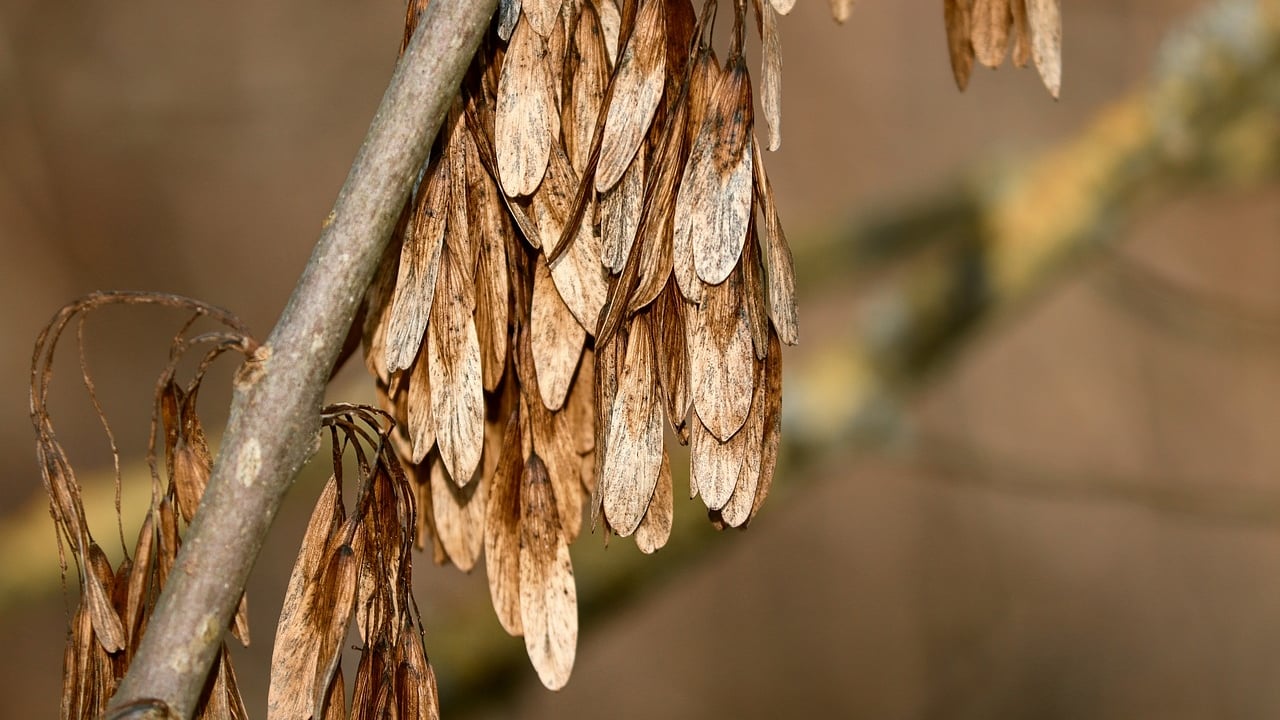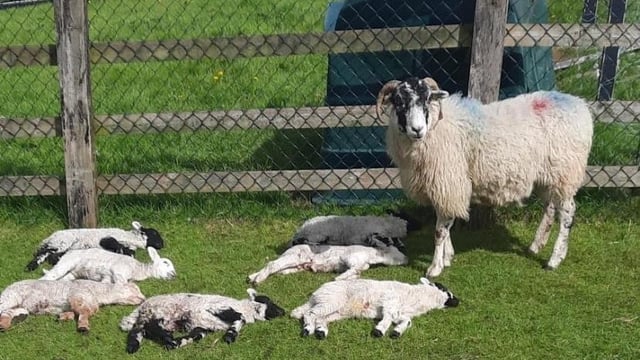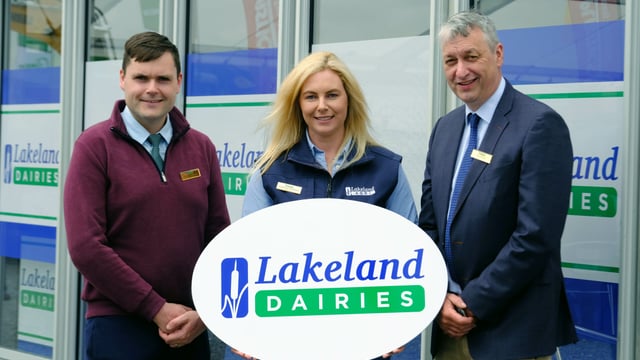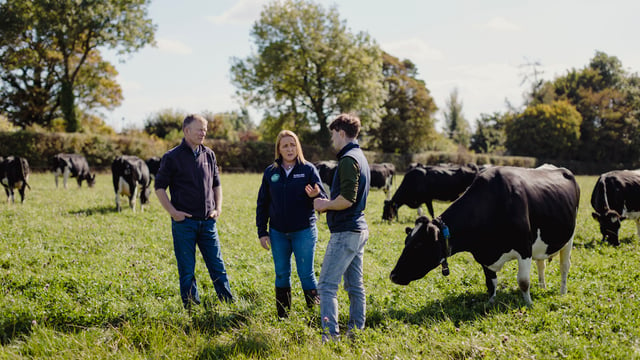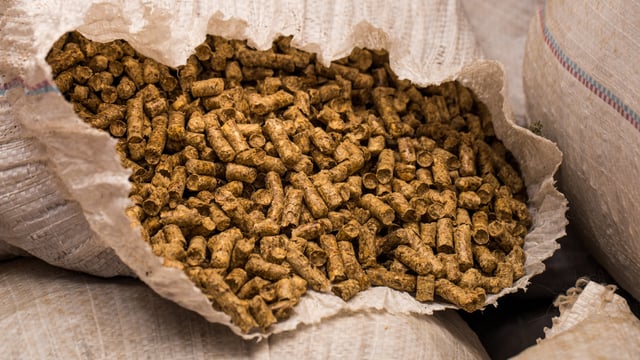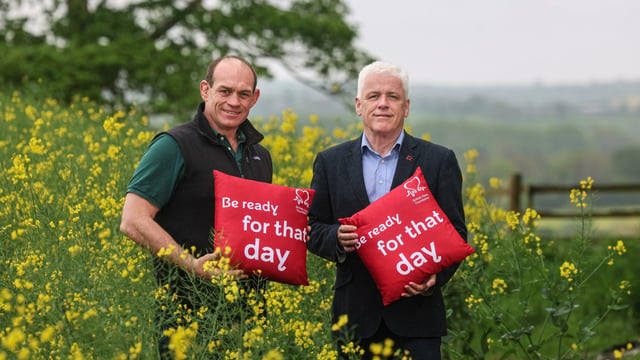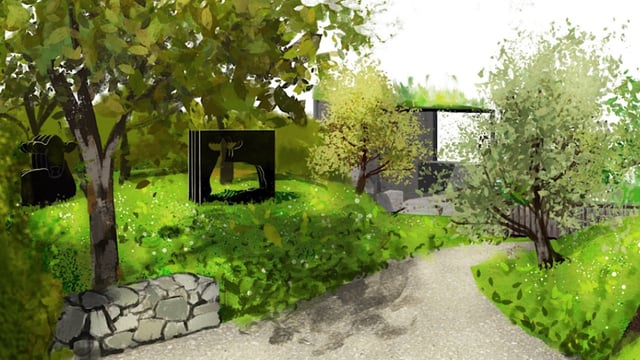Ash dieback: How to qualify for the €5,000/ha payment
The Department of Agriculture, Food and the Marine (DAFM) has provided some clarity to landowners looking to apply for the recently announced €5,000/ha payment for forests affected by ash dieback.
There are 6,500 individual owners of ash plantations established under state-funded schemes between 1990 and 2013, according to the DAFM's action plan on ash dieback.
A total of 6,386.97ha are still in premium for varying periods of 1-9 years, with an outstanding premium liability of €29.6 million, according to figures by the DAFM.
A total of €10 million has been expended to date on schemes to deal with ash dieback, with interventions made on 1,700ha, the DAFM's recently published action plan states.
€5,000/ha payment
A Climate Action Performance Payment (CAPP) of €5,000/ha will be paid to grant-aided ash forest owners who either have or will clear the ash and replant through one of the DAFM's ash dieback reconstitution schemes.
This payment, which is in addition to the grants paid for clearance and replanting, will be made in three installments:
- €2,500 can be applied for after 1st grant on ash reconstitution scheme which is paid once the forest has been successfully replanted;
- €1,250 can be applied for after 2nd grant on ash reconstitution scheme if
the forest owner is out of premiums or at the end of their premiums if they are still in receipt; - €1,250 can be applied for the following year.
Landowners who previously joined one of the following DAFM schemes are eligible for the CAPP, provided they have replanted:
- Reconstitution Scheme Ash Dieback 2013;
- Reconstitution and Underplanting Scheme (Ash Dieback) 2020;
- Interim Reconstitution Scheme for Ash Dieback 2023;
- Reconstitution Ash Dieback Scheme 2023-2027.
Forest owners must enter an ash dieback reconstitution scheme before the end of 2027 in order to be considered for this payment. Ash planted as a component of additional broadleaved planting in conifer plots is not eligible.
Ash forest owners can apply for the payment once first grant has been paid on a reconstitution scheme. An online facility for applications is currently being developed by the DAFM. This application can only be made directly by the forest owner.
The DAFM will commence the €5,000/ha payments before the end of the year to landowners who have cleared and replanted sites. The payment will be exempted from income tax, according to the DAFM.
Landowners who have not applied for any reconstitution scheme for ash dieback should contact a registered forester and ask them to make an application on their behalf under the Reconstitution Ash Dieback Scheme 2023-2027.
The DAFM noted that all CAPP payments will be paid in line with de minimis rules and forest owners applying to this scheme will need to make a de minimis declaration. De minimis are payments which are exempt from EU state aid control.
Applicants must include details of any de minimis payments received during the previous rolling three-year period. The cumulative amount of all de minimis payments during this period must not exceed €300,000, according to the DAFM.
The following forestry schemes have de minimis payment elements:
- Afforestation Scheme 2007-2013 - Non-farmer premium amount exceeding €150/ha for years 1-15 and 100% of farmer premium payments for years 16-20;
- Reconstitution of Woodland (Windblow) Scheme 2016;
- Reconstitution of Woodland (Drought) Scheme 2019;
- Afforestation Scheme 2014-2020, premiums 13-15;
- Afforestation Scheme 2014-2020 – Forestry for Fibre GPC 12 (premiums only);
- Reconstitution of Woodland Scheme (Frost) 2022;
- Interim Afforestation Scheme (via general de minimis) 2023;
- Interim Forest Road Scheme (via general de minimis) 2023;
- Interim Reconstitution Scheme for Ash Dieback (via general de minimis)
2023.
The CAPP brings the total ash dieback financial package - comprised of existing and new elements - to €237 million, as summarised below:
In the context of this CAPP payment, the DAFM said it is not possible to provide an annual payment for re-establishment, according to its action plan on ash dieback.
Ash dieback reconstitution scheme
Under the new Reconstitution Ash Dieback Scheme 2023-2027, affected forest owners can avail of a €2,000 site clearance grant and replanting grant rates in accordance with the chosen forest type.
The following re-planting options and grant rates apply:
- Native forests €6,744/ha;
- Broadleaf, mainly oak/beech €6,744/ha;
- Diverse broadleaves €4,314/ha;
- Agroforestry €8,555/ha;
- Continuous cover forestry €5,421/ha;
- Mixed high forests: Diverse conifer, minimum 20% broadleaves €4,452/ha;
- Mixed high forests with mainly sitka spruce, minimum 20% broadleaves €3,858/ha.
In order to avail of the reconstitution scheme, forest owners are required to make contact with a registered forester. The registered forester and forest owner will make the relevant application for scheme support. A felling licence is not required.
The reconstitution will be paid in three installments:
- Application for the site clearance grant;
- Application for the 1st instalment grant and top-up premium payment may be made following the reconstitution of the treated area (75%);
- Application for the 2nd instalment grant may be made four years after the site is successfully reconstituted (25%).
Those applicants whose ash dieback affected sites are still in premium will continue to receive the premium due for the remaining years, according to the DAFM.
For those in receipt of the farmer-rate premium, a top-up premium equal to the difference between the equivalent forestry type and the existing premium will be paid in a single sum. Non-farmers will be paid a €300/ha top up.
DAFM
"There is currently a strong forestry contractor base that is organised, equipped, trained,and experienced to tackle the work of dealing with ash dieback," according to the DAFM.
The DAFM previously removed the planning permission requirement for sites of less than 10a that are screened-in for appropriate assessment under the reconstitution scheme. This will cover approximately 92% of ash forests.
A more rapid approval process is also being facilitated were good-quality harvesting and reforestation plans are submitted. The requirement for a damage assessment and the previous age restriction on planting eligibility have also been removed.

